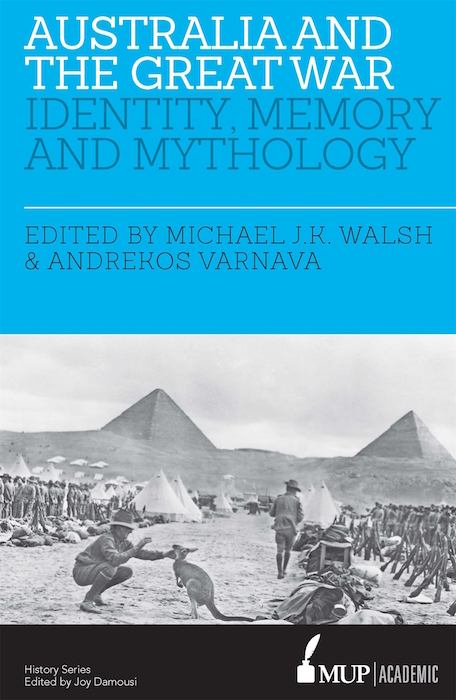The airship panic of 1915 — V
One of the advantages of studying wartime airship panics, like the one in January 1915, is the relative abundance of private archives, diaries, letters and interviews for the 1914-1918 period which have been collected and catalogued. This makes it theoretically possible to compare the press view and the official view with the view from below, […]



